Revolutionary AI Language Model Changes the Game
The Pros and Cons of OpenAI’s Newest Technology
May 8, 2023
Artificial intelligence (AI) has come a long way in recent years, and one of the latest and greatest innovations in the field is a language model called ChatGPT. Developed by OpenAI, ChatGPT is a transformer-based language model that has been trained on a massive corpus of text data from the internet.
What sets ChatGPT apart from other AI models is its ability to generate human-like text responses to questions and prompts. It has been trained on a wide range of topics, including news, politics, science, sports, and entertainment, giving it the ability to understand and respond to a wide range of questions and requests.
One of the key strengths of ChatGPT is its ability to perform multiple tasks with high accuracy. For example, it can generate summaries of long articles, translate text from one language to another, answer questions, and even generate creative writing. This makes it an incredibly versatile tool that can be applied to a wide range of industries and applications.
Have you noticed yet? I fooled you: I didn’t write the first three paragraphs of this article – ChatGPT did with the command, “create an article about an AI called ChatGPT” while I sat back in my chair. When I showed the paragraphs to my Jets Flyover advisor, he said, “It only needs a bit of cleaning up.” This, along with a myriad of examples across the web, underscores the uncanny human-like capabilities of this new software. It’s almost scary to think about.
Not only is the model smart enough to be human, it also shows a knack for emotional support. A recent study replaced therapists with ChatGPT-generated messages and recorded how humans respond. Surprisingly, results showed that users received better tips when they communicated with artificial intelligence rather than with real people.
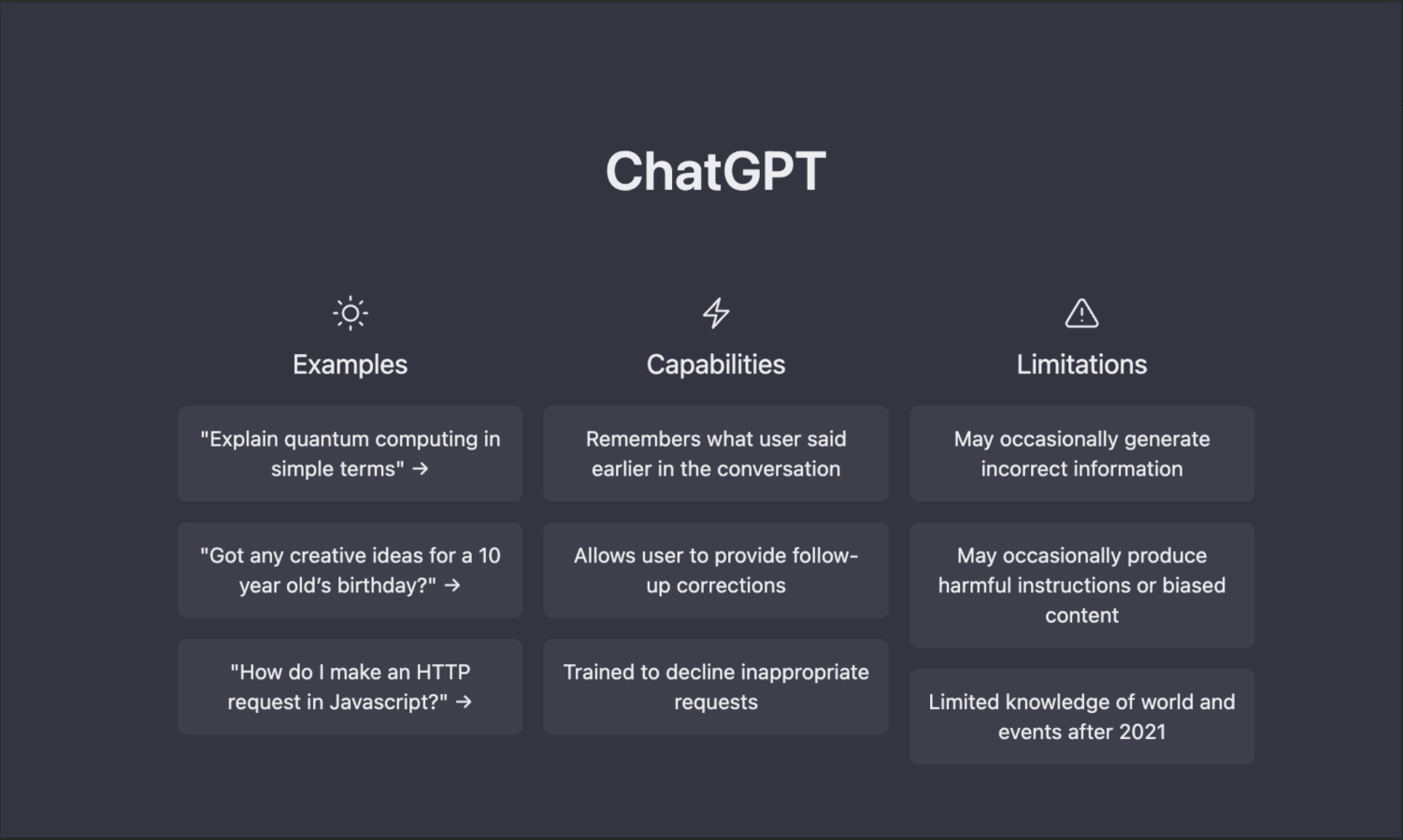
The software isn’t perfect, though. It lacks the nuance and originality needed to produce profound writing. In a recent experiment I conducted, I asked the program to “make a very detailed, professional short story about penguins.” Contrary to my high expectations, it gave me a basic story about a penguin’s journey. The program only provided more details when I told it to “make [the story] sound like a real novel.”
Ms. Nagy, my English teacher, read the tale and commented, “I enjoyed the story! It gave me Odyssey vibes. Unlike Odysseus’s poor leadership skills, though, [the main characters and his colony] survive – a mark of a good leader who cares for his fellow beings.” But at the same time, she also criticized the superficiality of the penguin’s story. She wasn’t surprised when I told her that ChatGPT wrote the piece. In my opinion, although the software writes solid, descriptive stories, it fails to recreate the pizzazz and ‘human touch’ that highly regarded literary works contain.
Ethical problems also arise with these language models. For example, in a previous study, OpenAI conducted its research without the subjects’ consent. Although the research provided promising results, the group’s questionable methods concerned many people including myself.
Furthermore, the increased accessibility of computer-generated writing may harm the originality of content. Immoral uses of these models already became commonplace – recently, students in other international schools around Korea got caught red-handed because they utilized ChatGPT to cheat on assignments. Before we can open the age of AIs, OpenAI must set ground rules to prevent inappropriate usage.
Mr. Cameron, who used the software to write a couple of plays, said, “ChatGPT is a tool that can be incredibly beneficial in terms of finding information and composing code, but it also carries some risks that come with its unknown nature.” Even as these language models develop further, they must be used primarily as a tool rather than a replacement for human creativity and analytical thinking. When employed with prudence, such models will enhance human capabilities and engender a revolution in many fields.
Plot twist: This entire article was written by ChatGPT. Or was it? Let me know what you think in the comments.









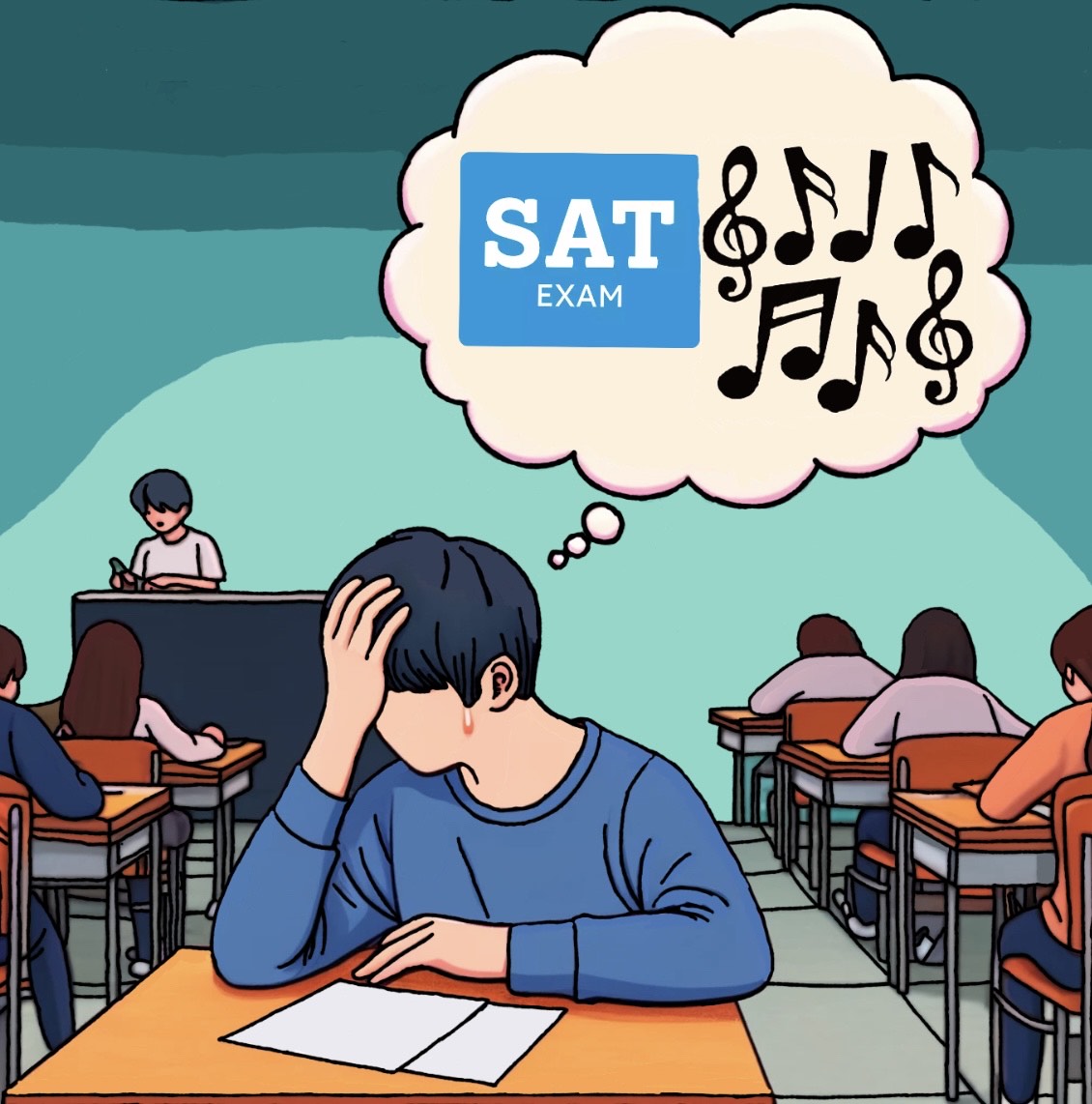
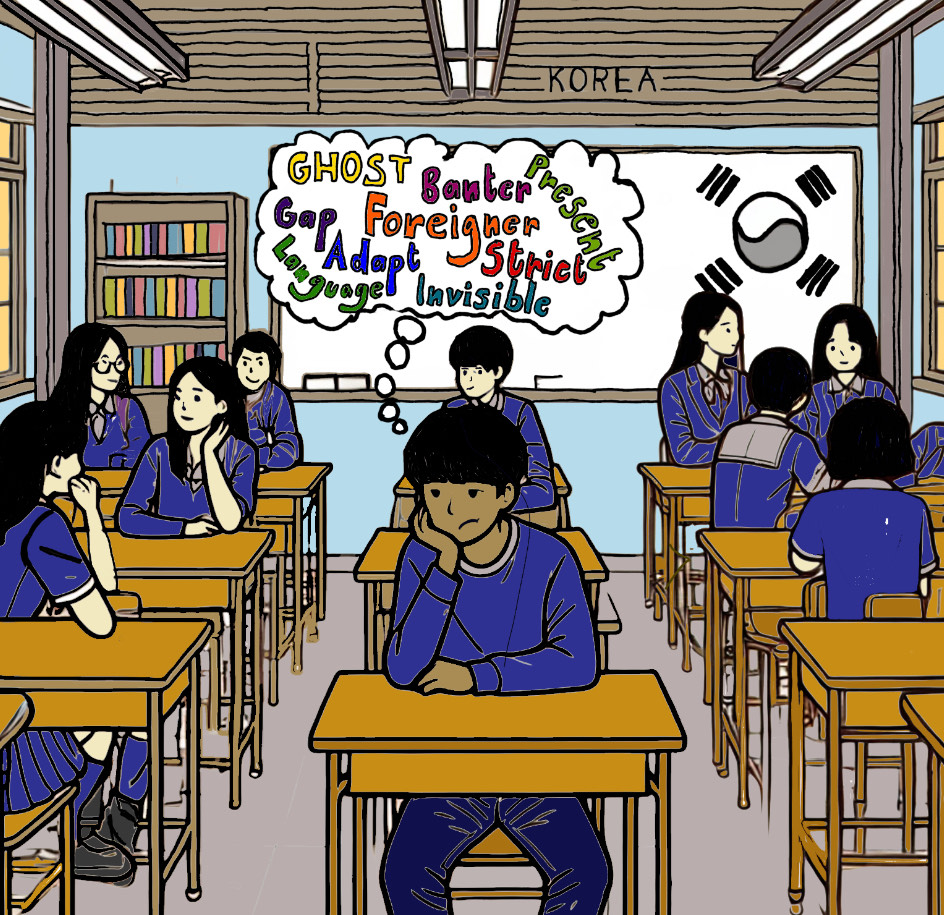


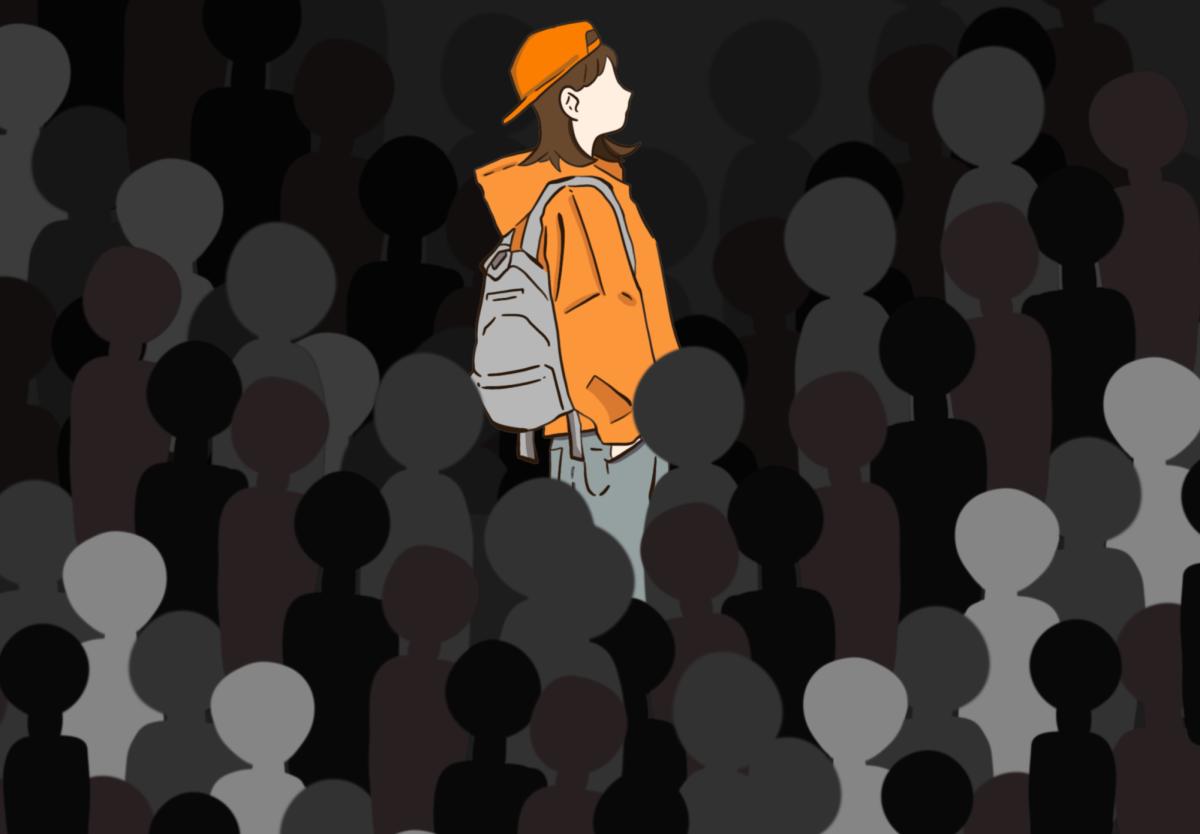

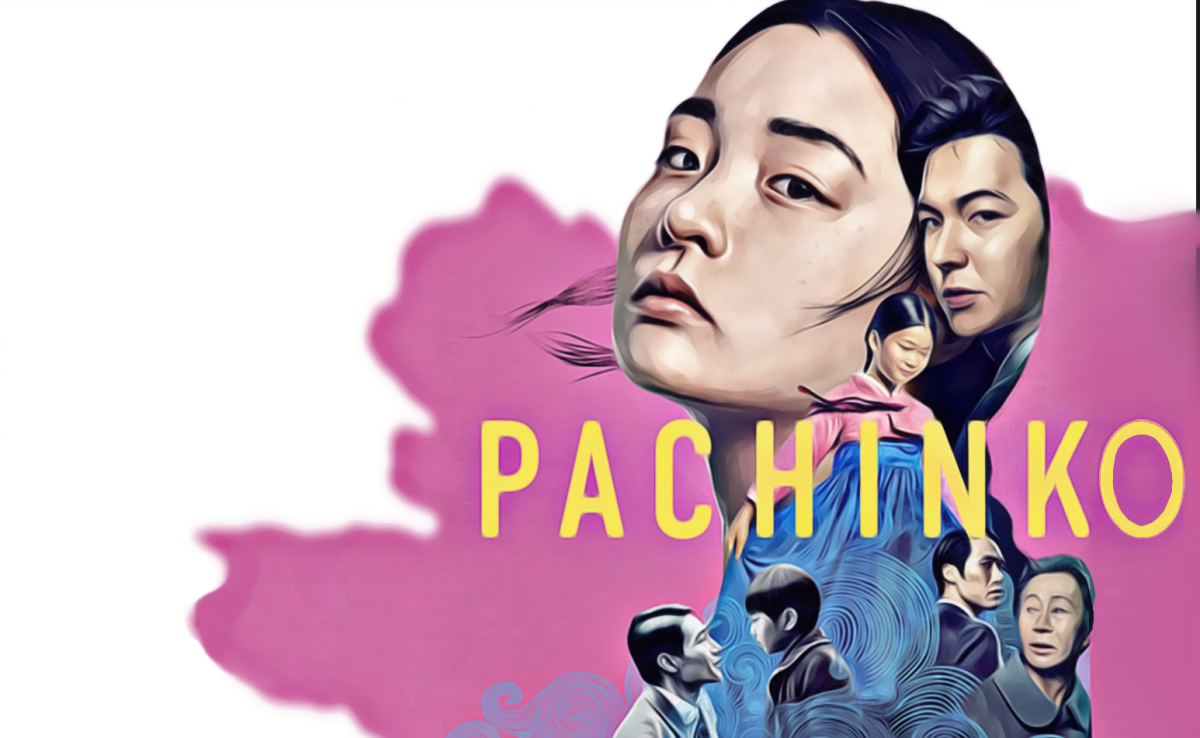





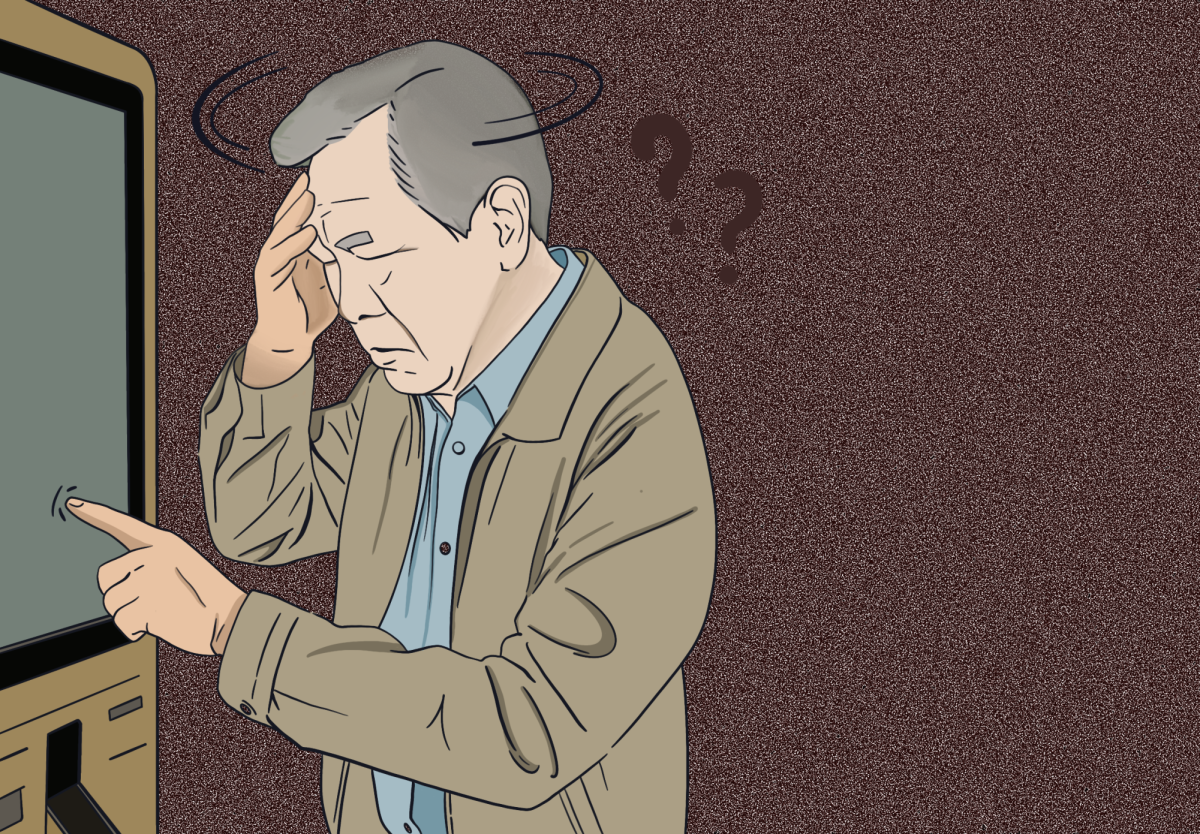

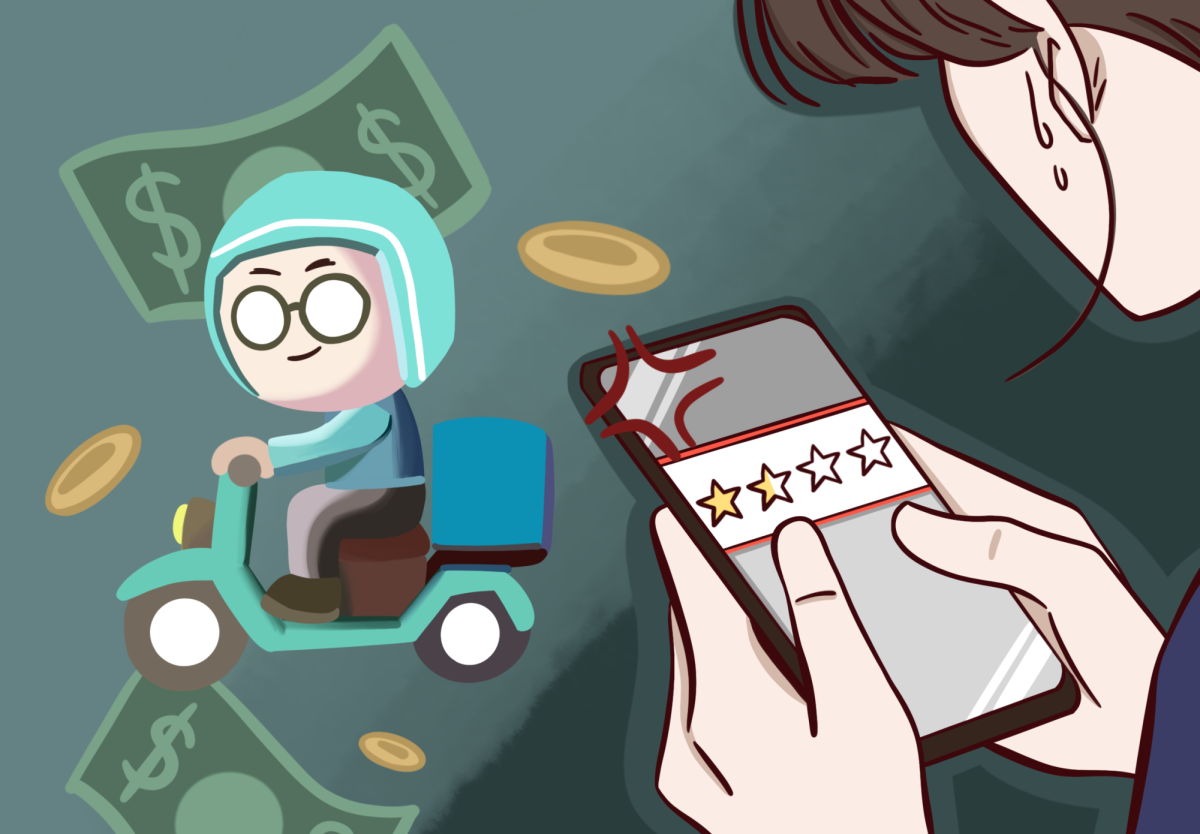









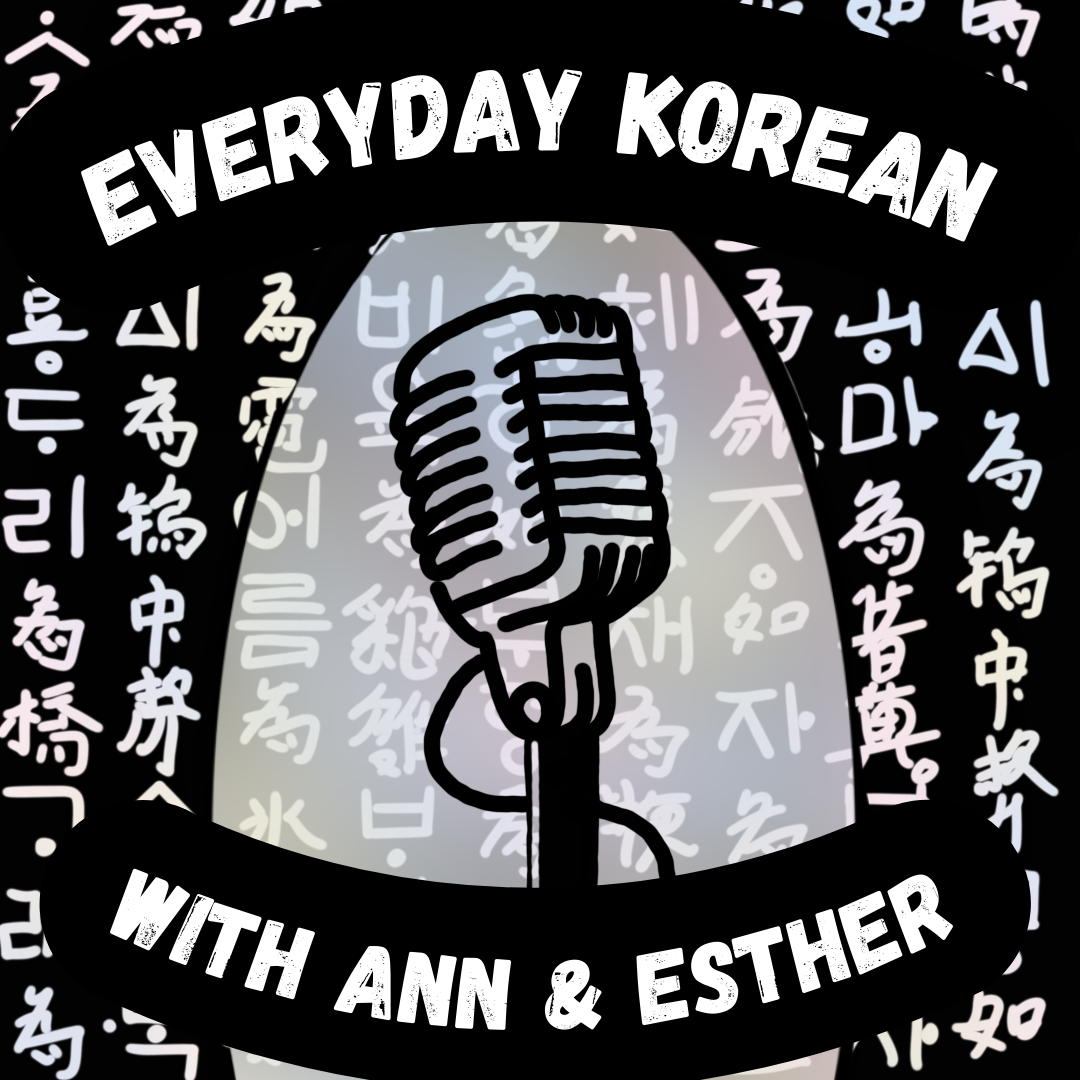





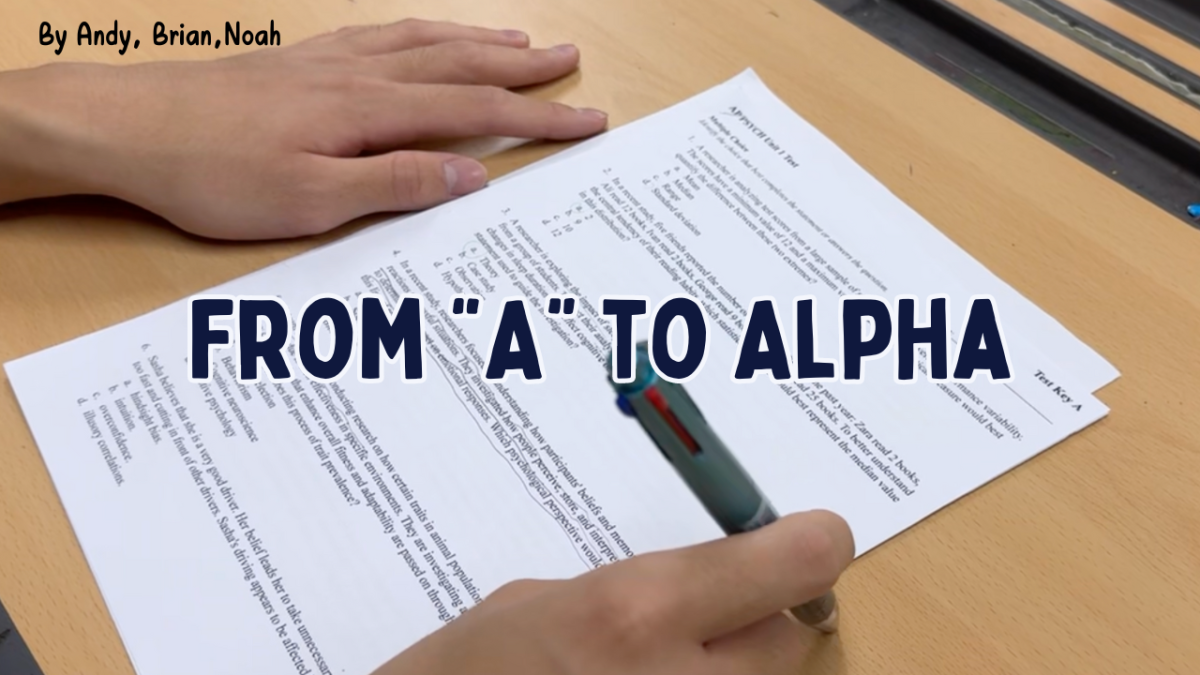
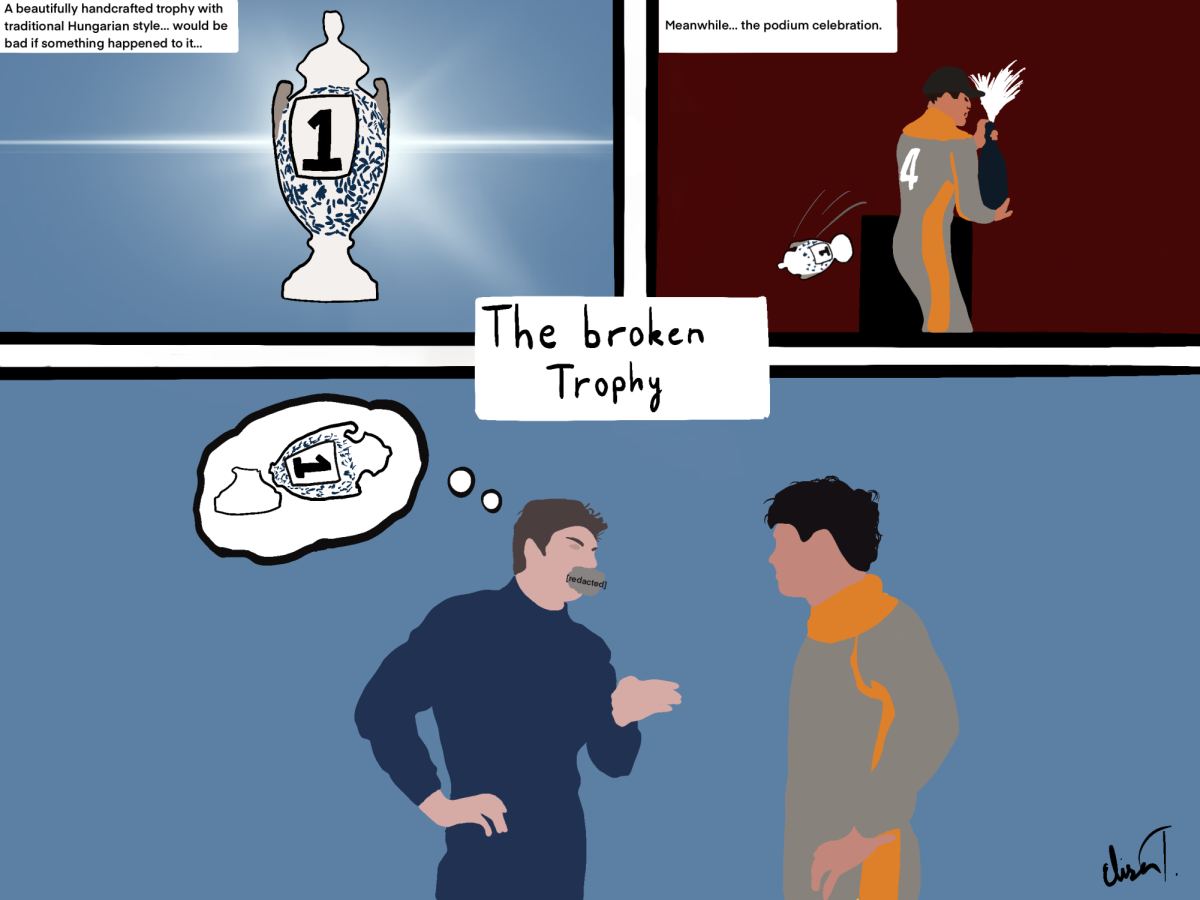

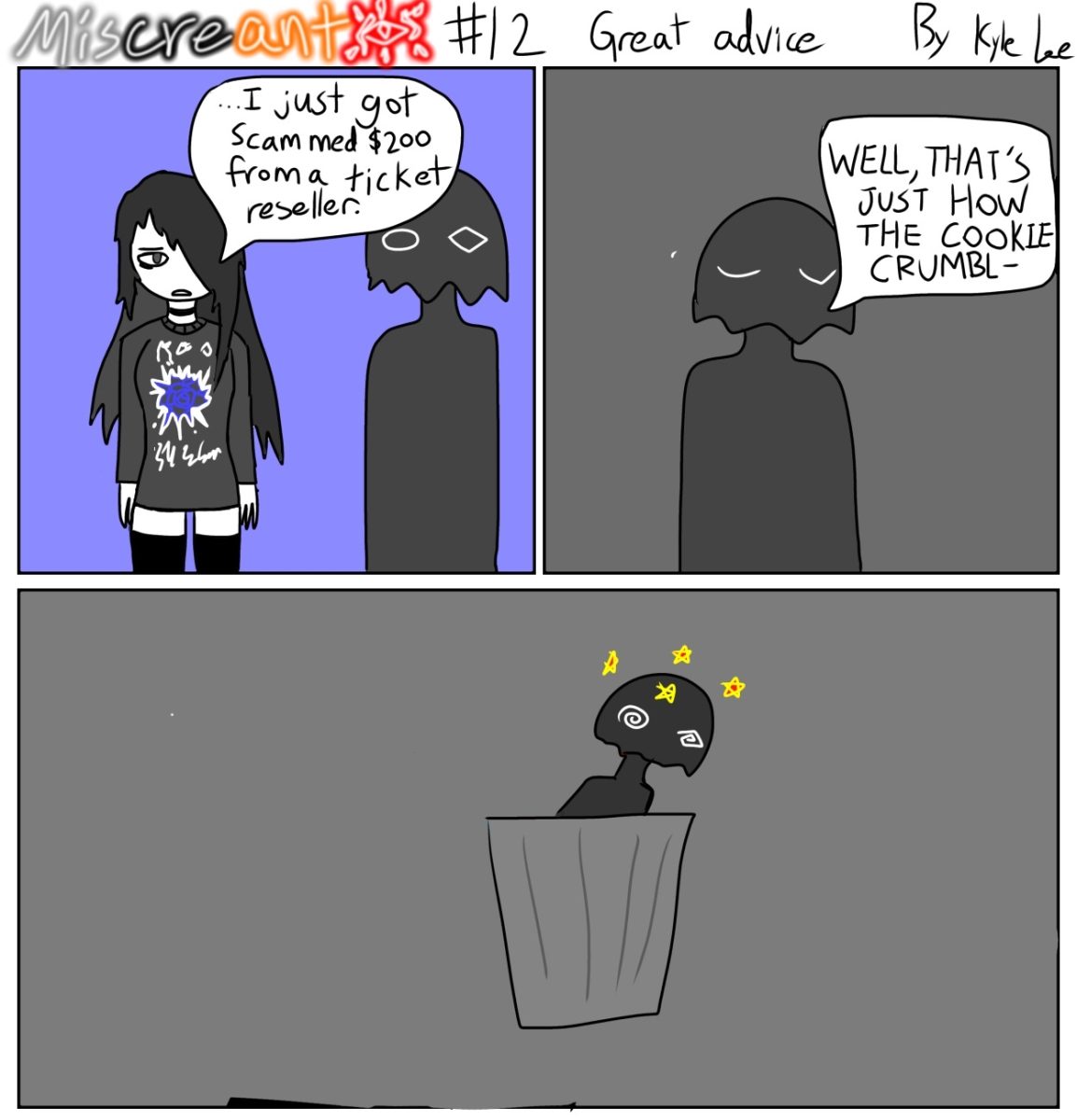

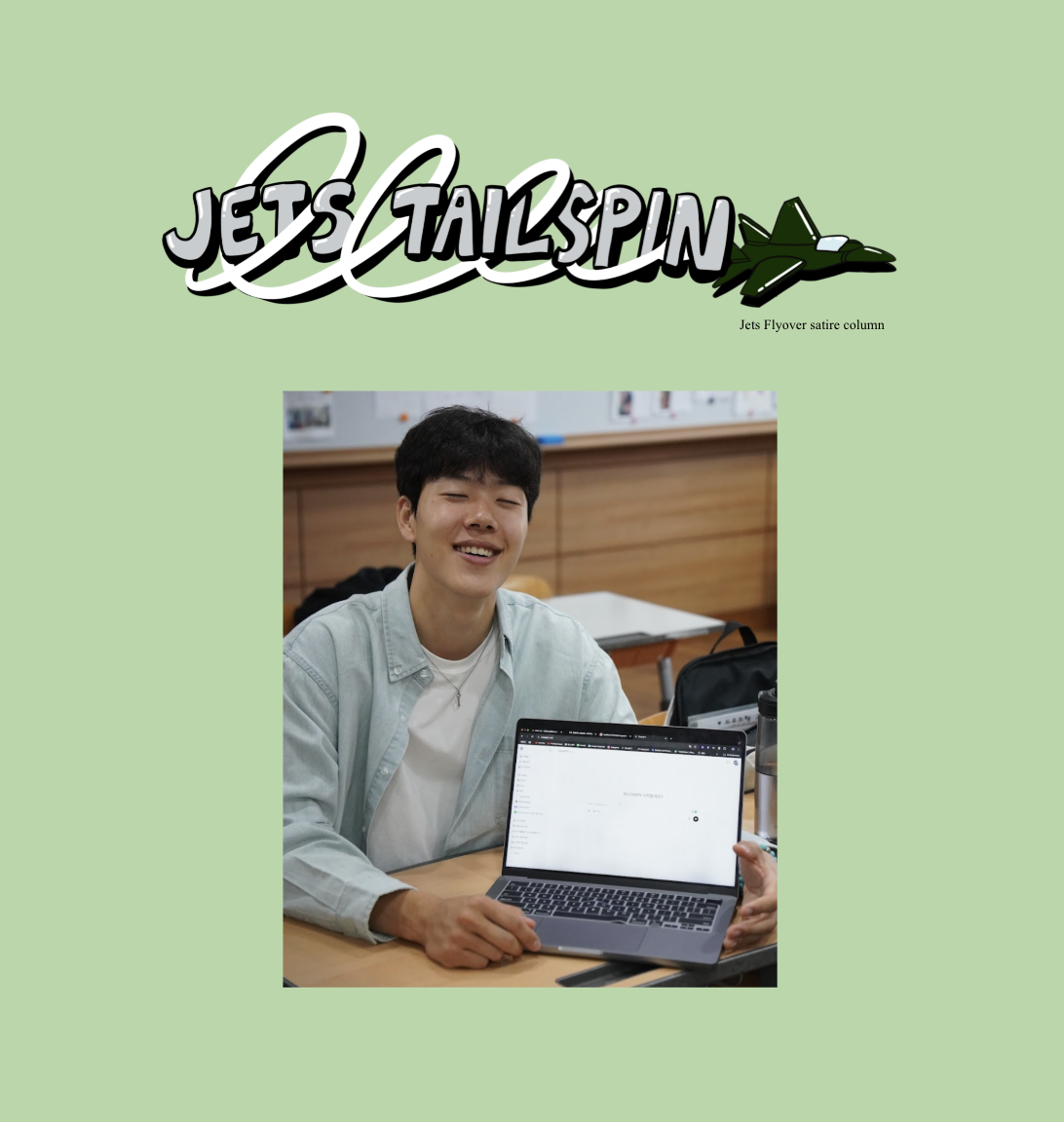

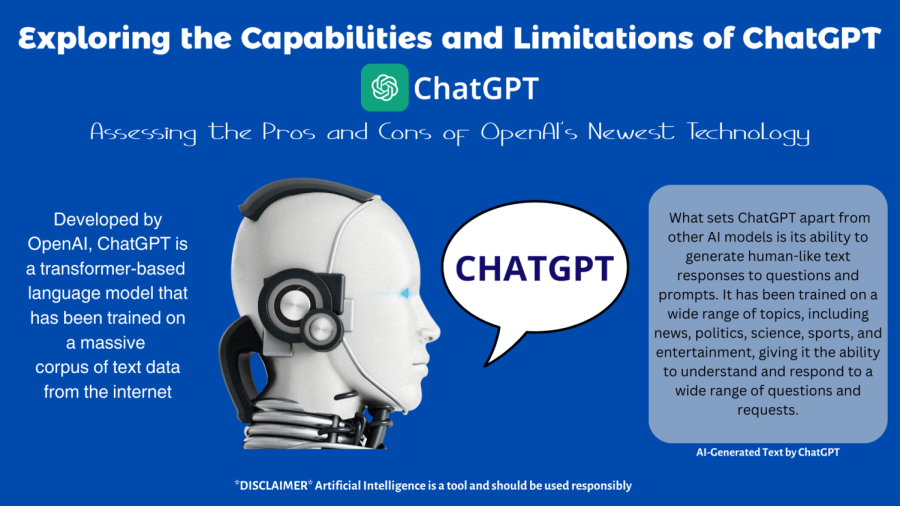





Maddox • May 21, 2023 at 7:26 pm
I think the first part of the article was ChatGPT, but the rest, it was you who was writing.
Daniel Beck • May 11, 2023 at 7:24 pm
I think that ChatGPT can, in the near future, may be able to write in more style, and pizzazz just like a human. But for now, l think it is still developing. :>>>>
Thomas • May 11, 2023 at 7:22 pm
This is not written by ChatGPT, definitely!